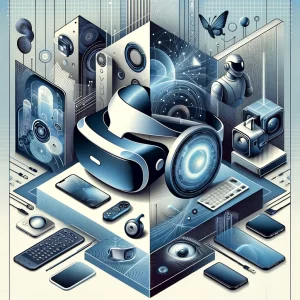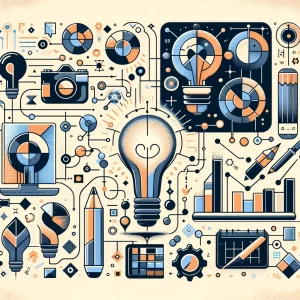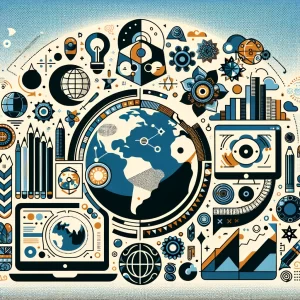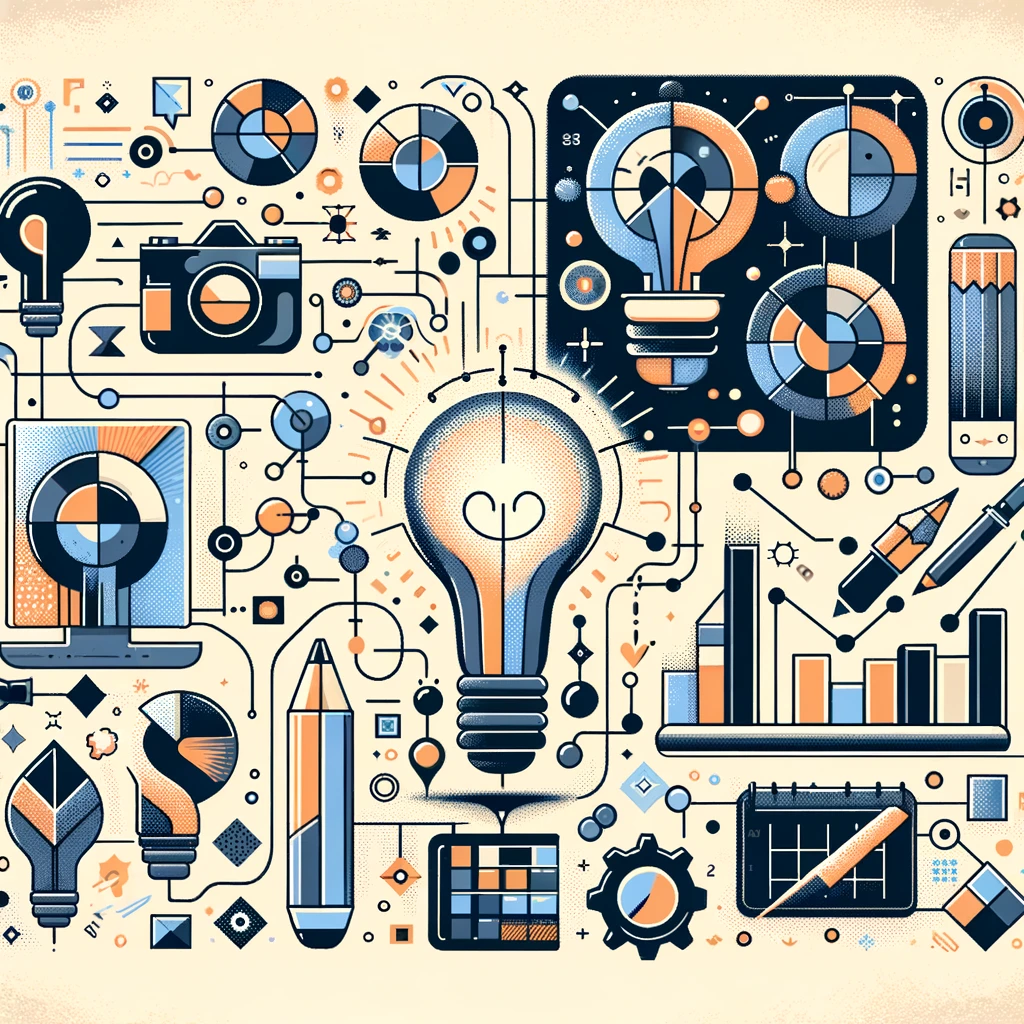
In the digital age, the creative industry has emerged as a vital piece of the economic puzzle. Productions of the human intellect, such as design, have come forward as formidable drivers of the digital economy, bolstering economic growth and fostering innovation.
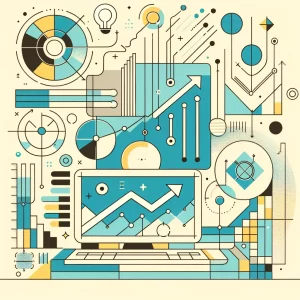
Design, more than just an aesthetic enhancer, operates as the backbone of the creative industry. Whether it’s developing user interfaces for applications or crafting attractive logos for brands, design influences consumer behavior, shaping market trends, and stirring economic activity.

Countless examples underscore the economic impact of design. One significant illustration is the dramatic transformation of Apple under Steve Jobs. His philosophy of prioritizing design led to the creation of innovative products like the iPhone, which revolutionized the tech industry and significantly contributed to global economic growth.
Nonetheless, realizing design’s economic potential is not without its challenges. Among these are ensuring design quality and originality, adapting to rapidly changing technology, and balancing commercial viability with creativity.

Looking ahead, design’s role in stimulating economic growth appears promising. As technology evolves and consumer preferences mature, there will be an ever-growing demand for designs that are innovative, user-friendly, and aesthetically pleasing.
Amid the rush to digitalize, it becomes essential to remember not just the economic value of design but also its power to express human creativity and potential. In the cusp between art and commerce, design, within the creative industry, has planted its flag as a formidable catalyst for economic growth. Its marriage with the digital economy is one that will continue to drive prosperity and innovation in the future.

